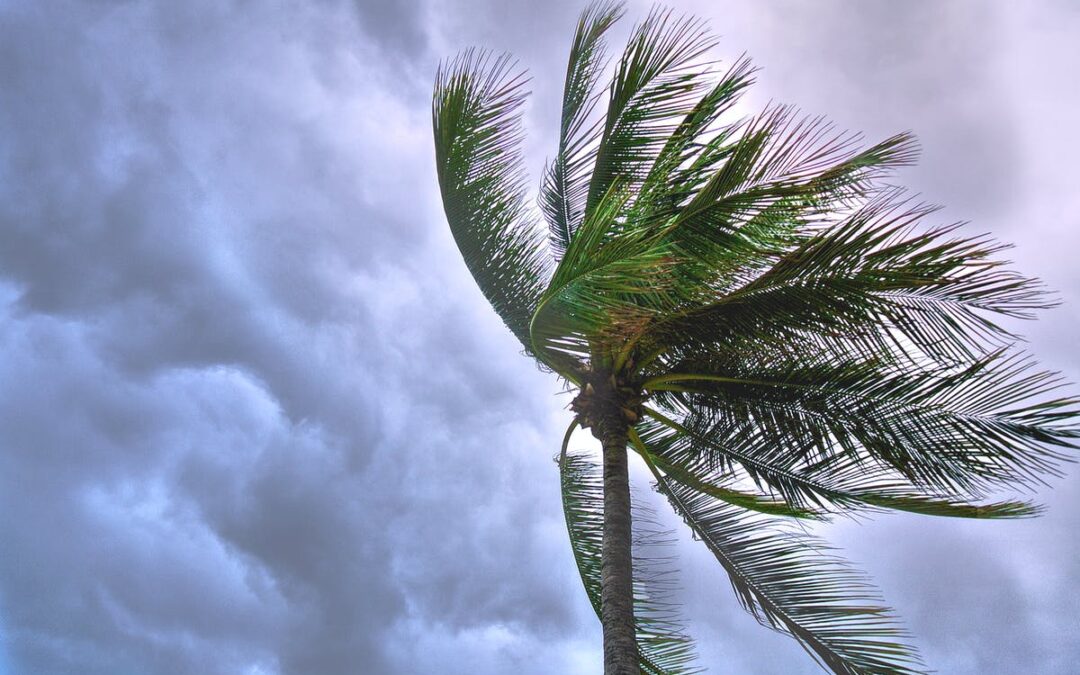1. What is a cyclone?
A cyclone is a weather phenomena that forms when a cluster of thunderstorms over the ocean begin to rotate and gain heat, warming in a way that it can grow in size and intensity until it can become one of the most dangerous forms of storm on earth. Even when a cyclone is Category 1, also known as the weakest category, it still causes damage. Cyclones, while often “predicted” by meteorologists, are ultimately unpredictable, because just the right shift in conditions can either dissipate or exponentially exacerbate the storm.
2. Stepping into the “cycle”
The cycle of domestic violence is a constant circle with predictable phases. Tensions build, violence occurs, reconciliation happens, then things are calm; and so it begins again. This language, while easily understandable, is problematic and hurtful. It implies that the abuse in relationships is predictable, and survivors are often interrogated and blamed for the abuse because they didn’t leave during the “calm stage” the first time. They choose to stay and risk going through the violence again, because now they know the cycle and know that tension & violence come next. That doesn’t really sit well, does it?
3. When the cycle is really a cyclone
Domestic abuse encompasses a wide range of behavior – sometimes violent – meant to gain, and maintain, power and control over someone. Society stereotypes usually depict a romantic relationship where a (cis)woman is the ‘victim’ – also hurtful language – and (cis)man as the abuser. However, abuse can be inflicted on anyone, by anyone, and it is constant. In fact, the commonly termed ‘Honeymoon’ or ‘Calm’ phase should be much more appropriately referred to as a period of “manipulative kindness” (Owens, 2018), since it’s a purposeful act by the abuser to prevent the survivor from leaving, reporting, or doing anything else that might result in consequences for the abuser. The abuser may give gifts or elaborate displays – commonly called love bombing, make promises, or “let” the survivor do something or go somewhere for a change, which are subtle tactics of abuse, and not random acts of kindness. Rather than being a cycle, abuse exists in varying stages – think like the color stages of pandemic risk (green, blue, yellow, orange, red) – that can change in severity at any time and is unpredictable in how or when it shifts.
4. How to escape the cyclone
Even with knowing all of this, leaving an abusive relationship is not easy. On average, survivors return to an abusive relationship seven times before deciding to permanently leave. There are many reasons why someone may stay or return to an abusive relationship: fear, normalized abuse, shame, intimidation, low self-esteem, lack of resources or support, disability, immigration status, cultural context, children or pets, and genuine care for the perpetrator are some of them.
For individuals in the LGBTQIIA+ community, all these reasons apply with even more nuance around the lack of resources, fear of ostracization and discrimination because of sexuality or gender identity, and varying legal protections in general. One of the first steps, and possibly the most important, is determining whether it’s safe to leave and identifying supports in your community. Going back to the risk stages analogy, you are the best judge of when you’re in the ‘green’ where it’s safe to leave. When the time is right, you can prepare for leaving by doing things such as: making a go-bag that includes things like identification and medication, putting some money aside to support you during the tumultuous transition – whether holding it yourself or asking someone you trust to, and creating a safety plan for leaving and after you leave. If you have children, pets, or other dependents involved in the relationship as well, be sure to include them in your safety plan. This will help you be ready, if that’s truly possible, to leave the abusive relationship and free yourself.
If you’re suffering through domestic violence, there’s help. You can call the National Domestic Violence Hotline at 800-799-7233, or The Network/La Red at 800-832-1901. If you need help creating a safety plan, the National Domestic Violence Hotline provides an interactive safety plan guide.
- The National Domestic Violence Hotline is a nationwide hotline for individuals who are experiencing domestic violence, are survivors of domestic violence, or is a friend/loved one concerned for someone they believe or know is experiencing domestic violence. They now have access to Language Line, expanding their ability to help individuals in over 140 different languages.
- The Network/La Red is is a survivor-led, social justice organization rooted in anti-oppression principles that focuses on work dedicated to ending partner abuse in lesbian, gay, bisexual, transgender, BDSM, polyamorous, and queer communities, and aims to create a world where all people are free from oppression.
This article was written by our iAmClinic graduate student intern, Diluvio Marshall. They recently completed their Master’s in International Disaster Psychology, and are experienced with working with those who have experienced trauma.
References:
- Julie Owens, Violence Against Women Consultant
- National Domestic Violence Hotline www.thehotline.org
- The Network/La Red https://www.tnlr.org/en/

